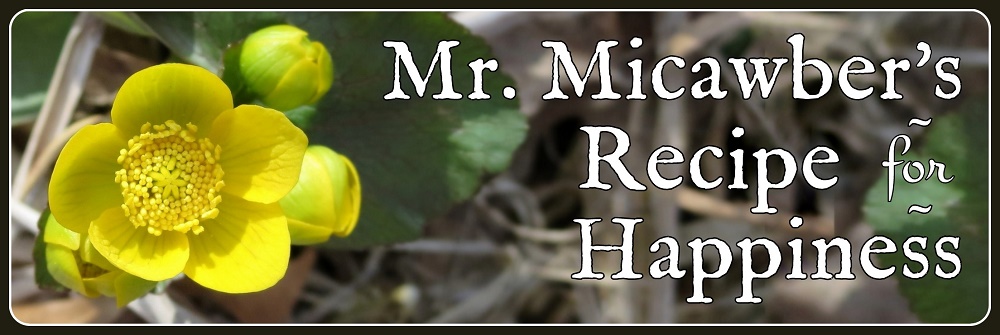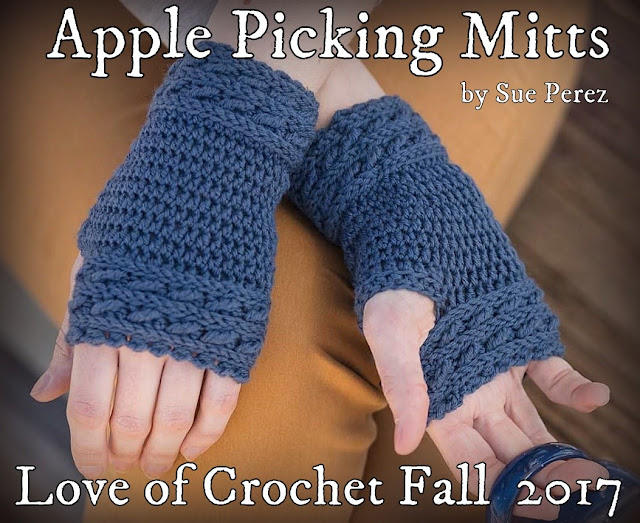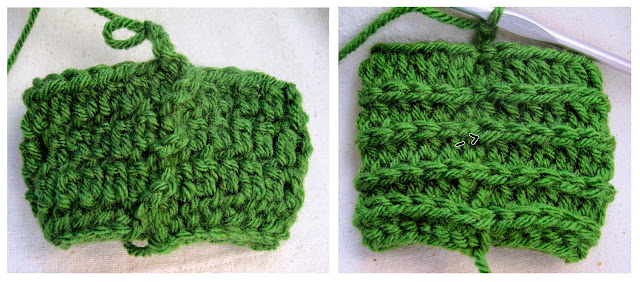Mid-July, clockwise from upper left - salsify, wild sunflower, Queen Anne's Lace, yellow coneflower, and wild bergamot:
(Wild bergamot is like the Phyllis Diller of flowers. The petals and stamens look as maniacally dishevelled as the divine Miss D's hair.)
Next up, clockwise from upper left - crown vetch, spiderwort, birdsfoot trefoil, hare's-foot clover (charming name!), and spotted knapweed:
I do occasionally drag my eyes from the wildflowers to look at other things, like sandhill cranes in a soybean field. There were three that day, but as soon as they saw me get out the camera, they split up and began evasive maneuvers. So here's a shot of one of them:
Wildflowers are much more accommodating - unless there's a high wind, they mostly sit still for photos. Below, clockwise from upper left - curly dock gone to seed, hoary verbena, lesser centaury (new flower for me this year!), rough-fruited cinquefoil, fireweed with fleabane, and Turk's Cap lily:
Late July - Mr. M and I participated in a local MS ride. It was a damp and foggy morning, not very conducive to photos, but I had to snap these flowers and outbuildings (the barn on the left has two barn quilts, though they don't show very well in this photo):
After we got home and did our laundry, the sun came out. Guess which jersey is mine:
:)
Early August - a short solo ride along roads that seemed to float on a billowing sea of Queen Anne's Lace, wild chicory, and hawkweed. It's hard to do justice to the amazing quantities of QAL that bloomed this year:
A doe and twin fawns crossing another, less-flowered road:
Other wildflowers seen that day included, clockwise from top left - wild bergamot going to seed, whorled milkweed, exotic-looking horsemint, the first lavender asters of the year, and the very beautiful lesser purple fringed orchid (another new flower for me this year):
Mid-August - Mr. M and I did another short charity ride together. I believe I set a personal record that day by not photographing any wildflowers (the exception that proves the rule?). Instead we have, clockwise from upper left - self-portrait with water weeds, Mr. M on a country road, shadow shot, a new use for a cycling helmet, and Iris the bike reposing on a rustic bridge:
~
Summer is the time of year when every ride or drive brings continual glimpses of beauty, and the list of flowers rolls like a litany off my tongue as I recite their names to myself.
"But beauty vanishes; beauty passes." There's frost in the not-too-distant future; let's savor summer while we can.
~
Prayers for the people of Texas who are seeing not flowers but flooding right now.
~ ~ ~ ~ ~ ~ ~ ~ ~ ~ ~ ~













